This is not medical advice. Consult your doctor and therapist first before considering any suggestions in this article.
Don’t ignore your range of motion progress.
Back when I started as an assistant in ‘94, there was still a large emphasis on passive range of motion progress. As there should be.
Your body does not understand the benefits of surgery. It only senses the trauma of surgery, and reacts accordingly. The inflammatory response starts with swelling, which brings components for healing, including scar tissue. Your body wants to “fix” the traumatized joint with scar tissue, which is good if you are surviving out in nature, however in modern life we want to bend that joint again.
I have noticed a gradual shift in the industry towards only measuring active range of motion, and not passive. Active is when you move the joint with your muscles. Passive is when an outside force needs to help. I would argue that in many cases, your muscles are not strong enough by themselves to move your joint ROM against pain, swelling and weakness, especially right after surgery.
It is good to measure active ROM. We need to know what your body can move. However, passive stretching helps make sure that progress is being made. If you stop gaining ROM after surgery, the joint will get “stuck”, and “frozen” with scar tissue.
The industry might push only AROM due to lack of training, not wanting to lay hands on people, liability, insurance interference, etc.
Whenever possible, you should find and consult with a physical therapist who will help measure your active and passive ROM at each visit to make sure you make progress.
Prevention of joint contracture is everything. The alternative is extremely painful, costly, and usually unsuccessful. If your total knee replacement ROM stalls, and it is frozen, then a manipulation under anesthesia may be suggested.
In 27 years and a thousand total knee replacements, I have not seen these procedures be successful. Yes you are put to sleep for the procedure, yet you will wake up with the pain from someone cranking and ripping the scar tissue. On top of that, you will be sent back to PT for even more aggressive and painful stretching. I have never seen an MUA produce more than 10 degrees of motion for all that pain and suffering.
Again, prevention is everything…
It usually does not matter where your ROM progress starts, only that it is progressing over time. Let’s say your knee bends to 80 degrees of flexion after surgery. This is not great, as the average end product needs to be 115. However, so long as you gain 5 degrees at each therapy visit or 10 degrees per week, you will likely be ok. If your ROM progress stalls out, you are headed towards a frozen joint.
Here are some photos of progressing ROM at home.
Start by measuring your current flexion, or knee bend on the floor. Sit in a chair against a wall to keep consistent measurements. Pull your knee back, and/or scoot forward in the chair. The knee pictured is at about 90 degrees of flexion. There is a piece of tape on the floor with the date marking today’s progress.
Push back on the ankle, or scoot forward in the chair. Hold this stretch 30 seconds, 5 times a session, 3 stretching sessions per day.
Measure your gains that day or the next with tape.
The picture below is another way to increase passive flexion, though this can be more strenuous, and less effective.
Stretching can be a “two steps forward, one step back” process. As you are stretching you are causing more trauma to the knee. The body will react to this. Stretching needs to be slow and steady.
Knee extension is also extremely important. We are very efficient walkers when we vault over a straight knee. If you have to walk on a bent knee, every step requires more muscle activity. This will likely also be more painful. This picture below shows an extension stretch, usually held for 30 second intervals. Weight is not necessary, so long as you feel the stretching. Make sure you are relaxed when stretching. If your muscles are firing, you are unlikely to gain ROM.
The last few degrees of active(muscle) extension can be hard to achieve. Our knee joint and quadriceps lack the leverage needed for the last few degrees. Passive stretching to neutral, zero degrees, or straight, helps make active motion possible.
Pain is relative to each person, and hard to quantify. I have seen a very small number of joint infections which prevented ROM progress. That is something that would need to be diagnosed by the doctor. You are going to have moderate pain with stretching.
Any increase in pain, redness, swelling, drainage, loss of ROM, signs of infection, needs to be reported to the surgeon immediately.
As I remind some people who expect to be perfect after 3 weeks, “someone cut your leg off.”

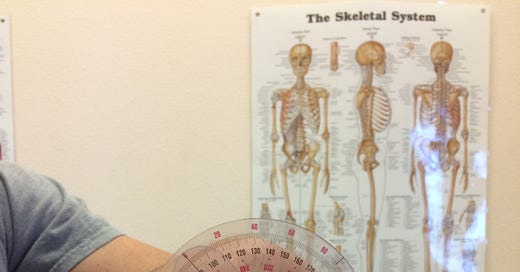



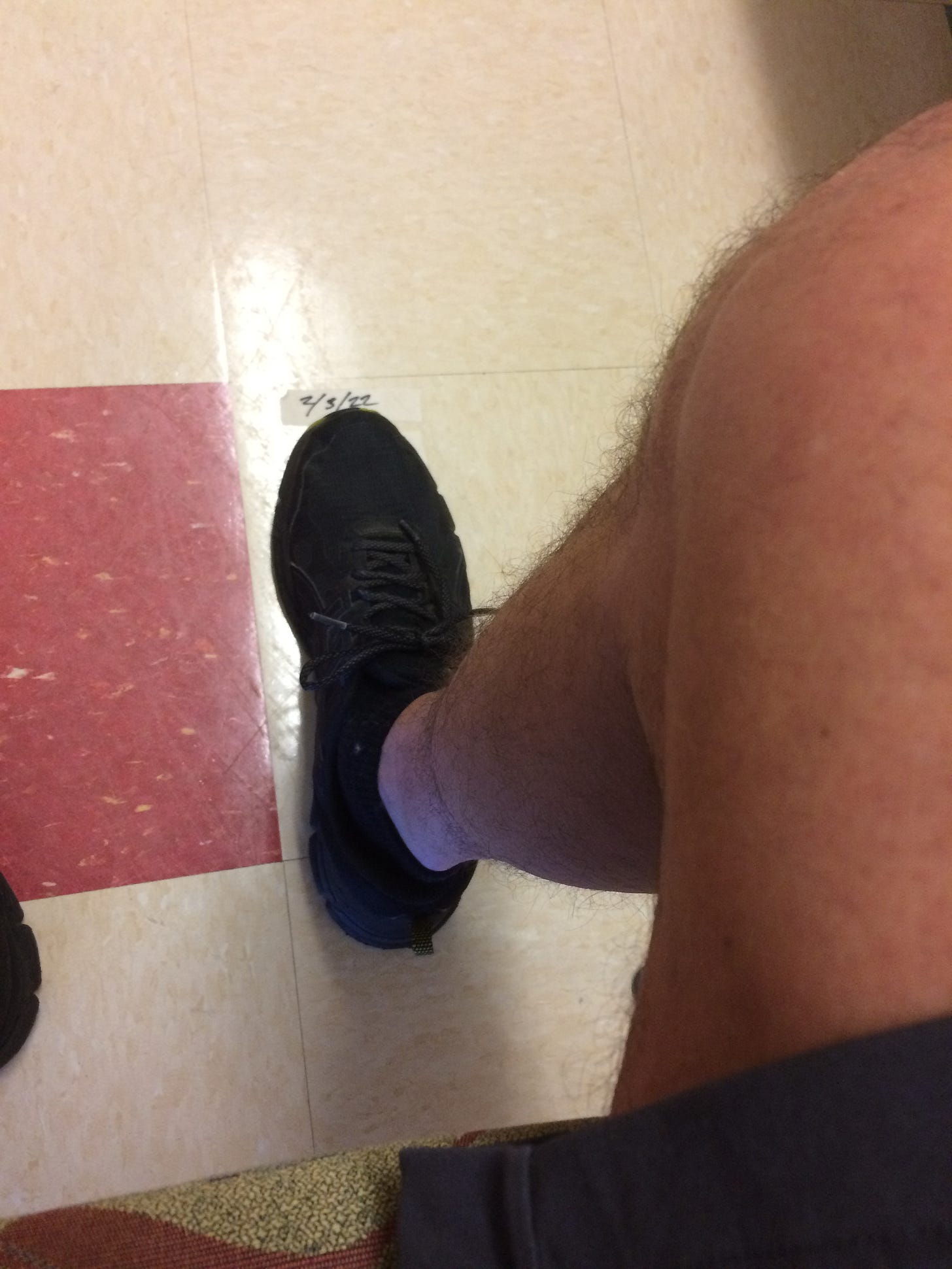
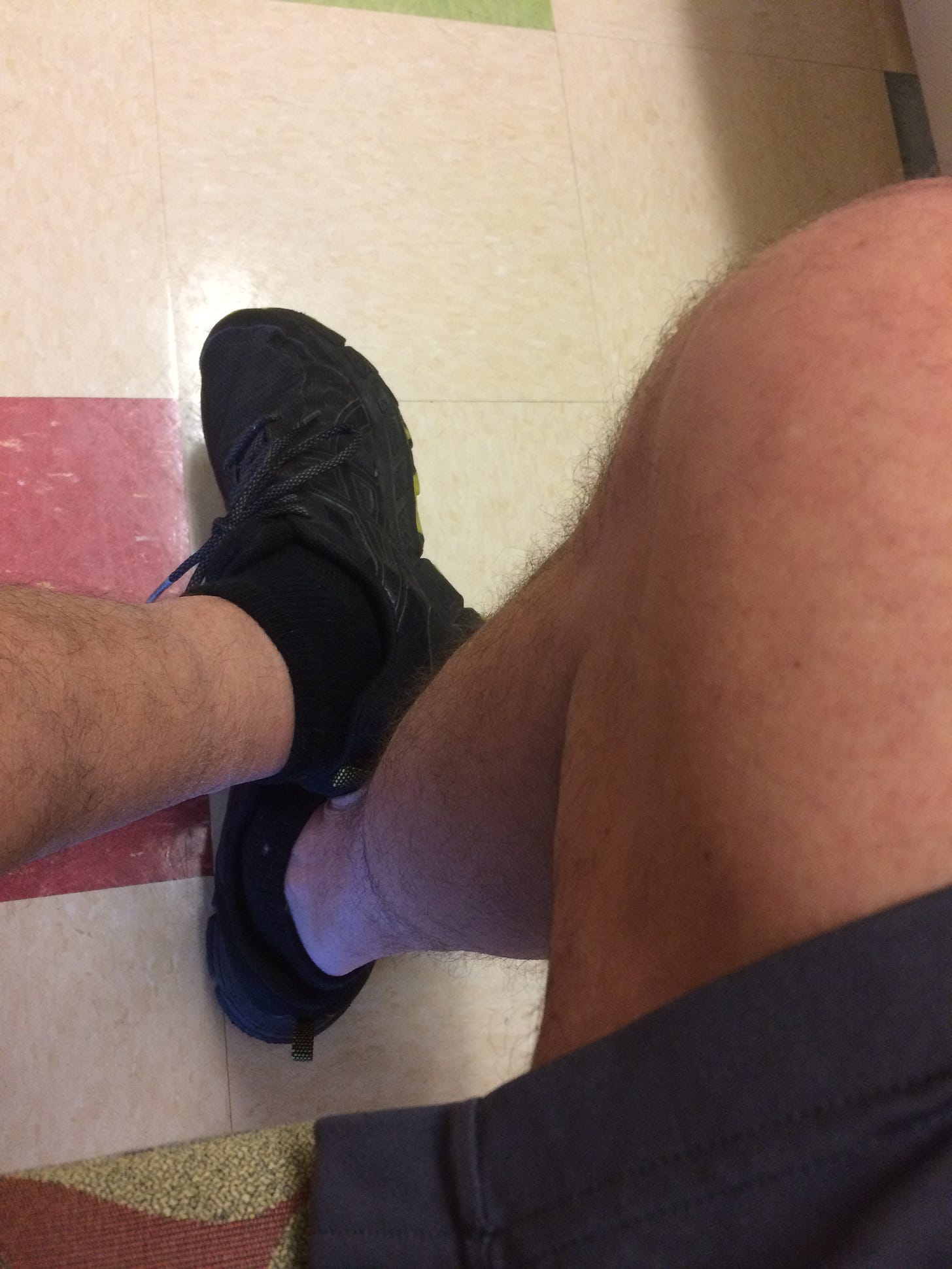
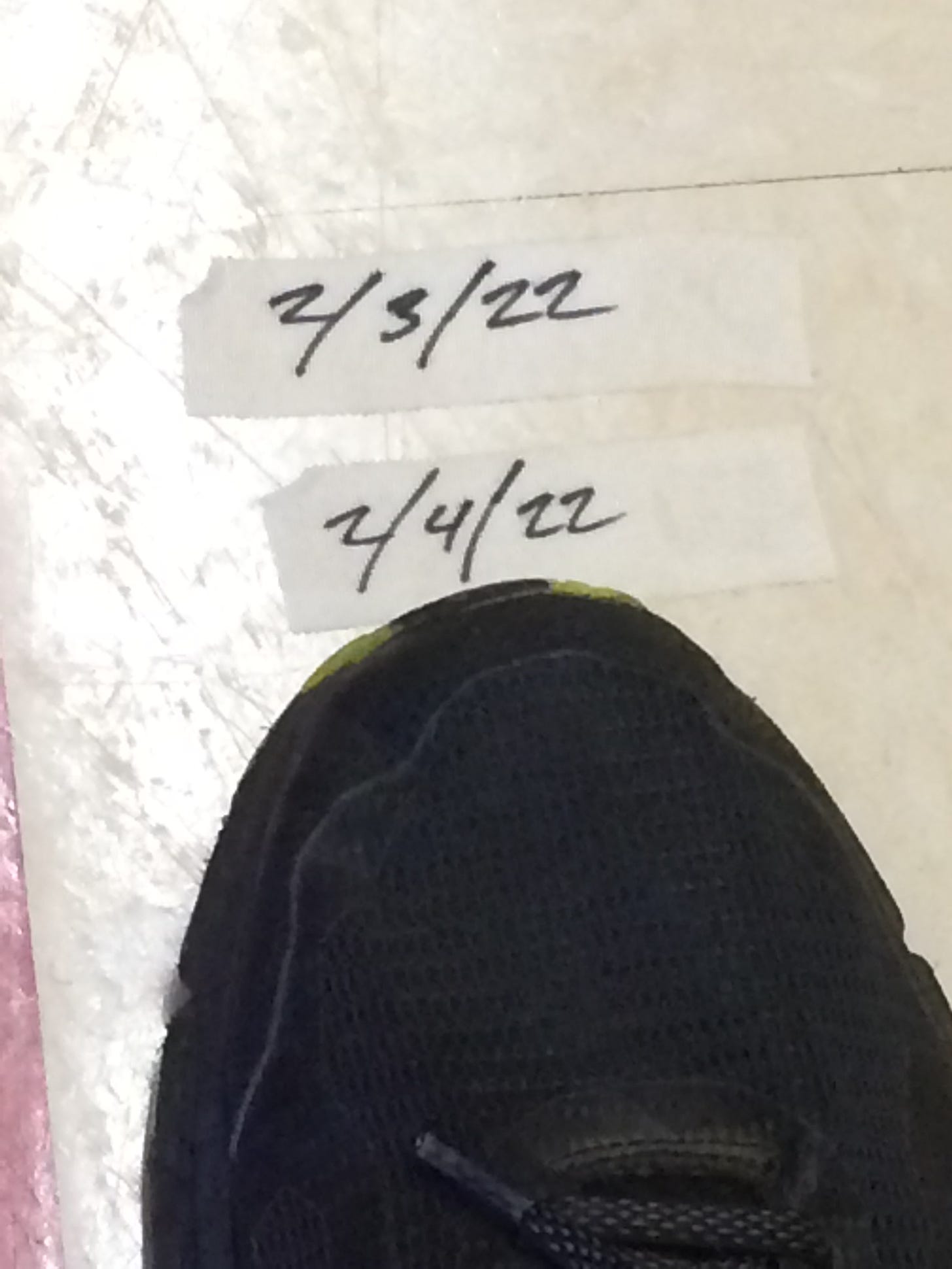
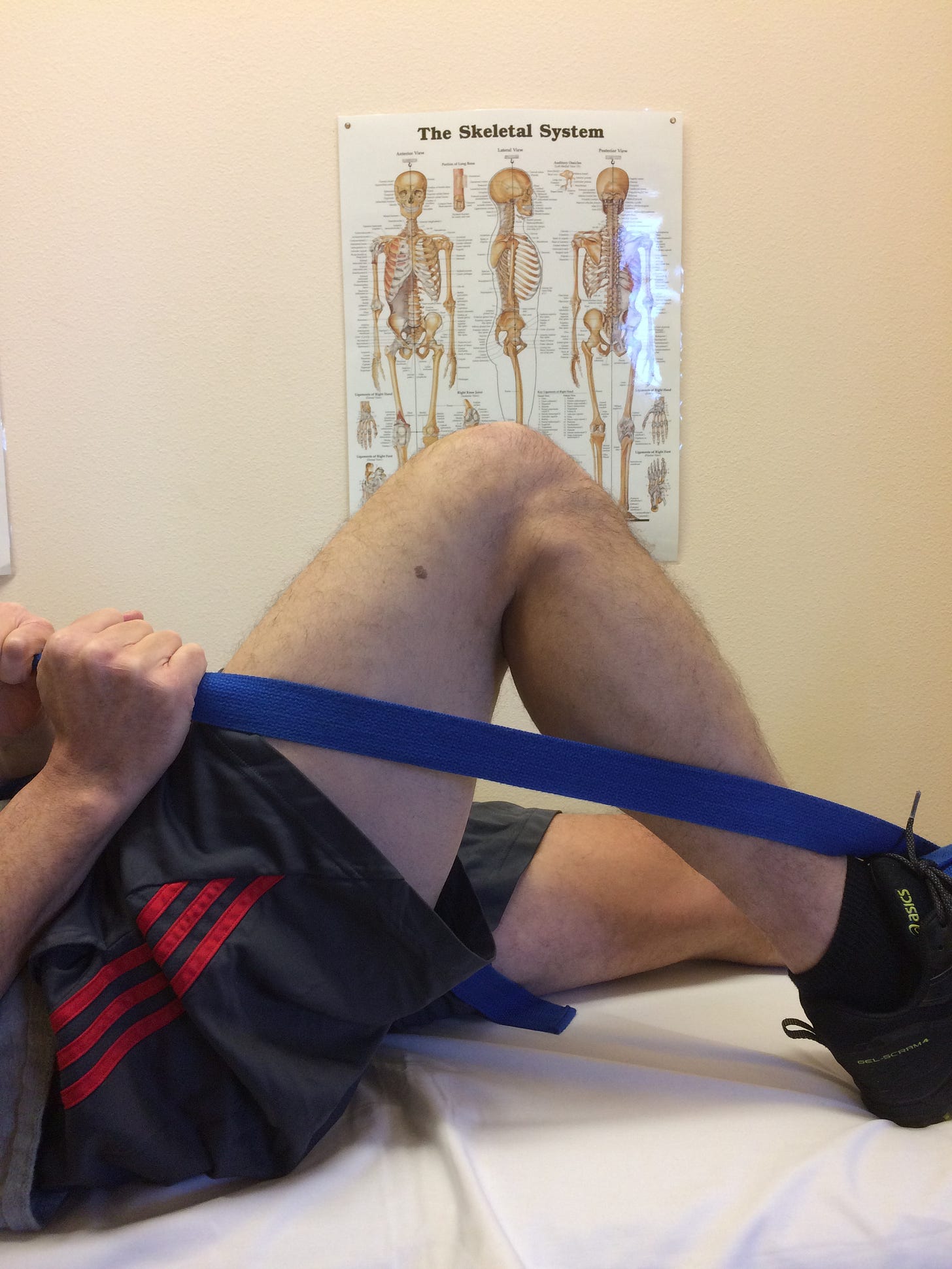

Injury March 12, 2024. Jumped over backyard fence to save a dog being beat. I landed on some concrete pavers.Made and ER visit. Dr said You have a plateau that's shattered, tibial Plateau fracture. Segmental Fractures on Fibula. Trauma to right ankle and right hip and femur. Trauma to right chest wall. ER doctor said no surgery needed.
Second opinion. March 15, Orthopedic Dr. did a CT scan. Said emergency surgery needed on Tibial Plateau fracture.
I waited two weeks not certain I wanted surgery. In hopes to heal holistic.
Had surgery on April 4. Home health for a month with no bending the knee. Why they didn't, I'm clueless. In between this time, my Dr never mentioned bending the knee.
After a month of no bending, outpatient physical therapy for two weeks. Torqued by three physical therapists holding me down pushing and measuring...I almost passed out on several occasions.
Went back to see Dr. I was at 90 degrees bending as I sat in a chair. The Dr said he wasn't happy with my knee, because I couldn't sit on my knees. My leg doesn't go back behind me. He recommended MUA. I haven't been in Physical Therapy for three weeks now. The Dr also never shared with me anything about the segmental two fractures on the Fibula. Not a word. So I have to let him know this upcoming week.
He said my bones are tiny , this is why I can feel the plate under my skin...ewe. However he said that I'm at a plateau and he is worried about the joint. He said he would be gentle and it would only take 30 minutes under anesthesia. I'm concerned.